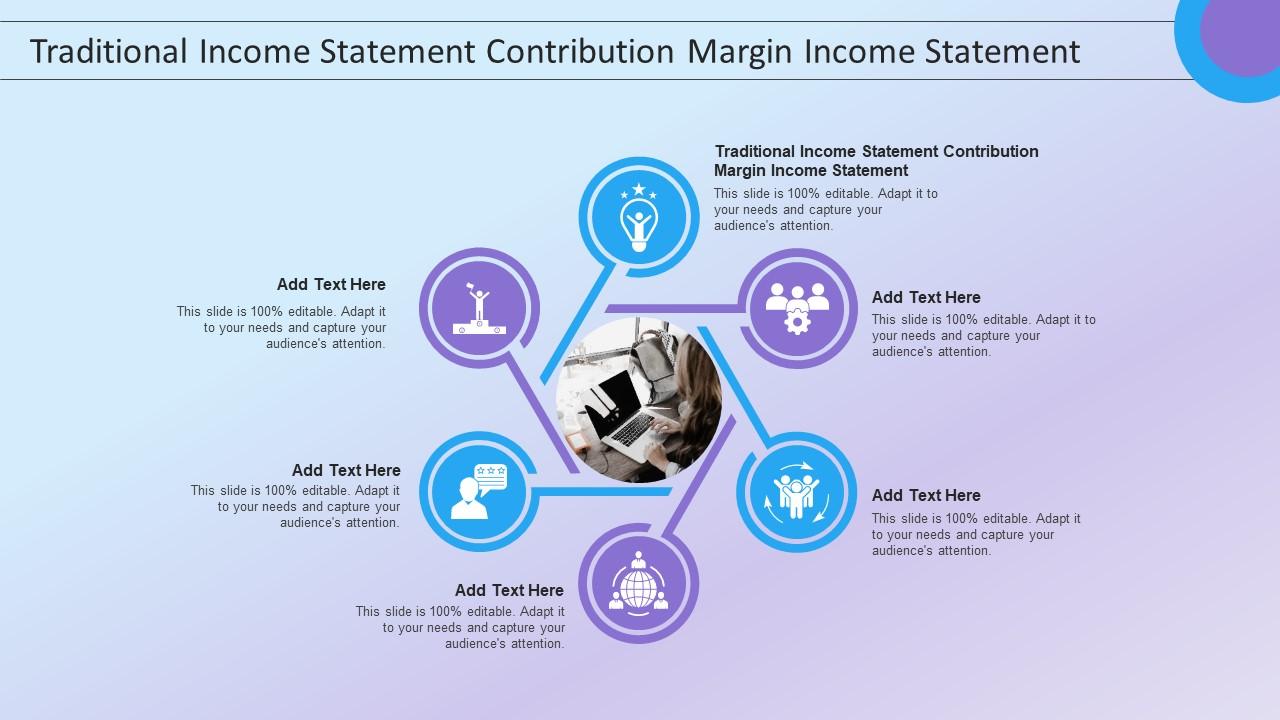
It may also include income from sources that aren’t part of the company’s regular business, called non-core operations. This can include income from discontinued operations, which the company has decided to sell or shut, as well as income from investments, royalties, and fees. Expressed in monetary units, gross margin represents the difference between the selling price and the cost of your products or services. The gross margin shows whether a particular activity is likely to generate income or not. An income statement provides information regarding the “results of operations” of a business, or otherwise known as “financial performance”.
Service Business Accounting
Instead of focusing on the fear and anger, she started her accounting and consulting firm. In the last 10 years, she has worked with clients all over the country and now sees her diagnosis as an opportunity that opened doors to a fulfilling life. Kristin is also the creator of Accounting In Focus, a website for students taking accounting courses.
Step 3 of 3
If the company has no gains because its costs are greater than its revenue, than it is suffering losses. It is the negative amount after subtracting expenses that are greater than revenue or sales. Whether you’re an individual contributor, a leadership team member, or an entrepreneur wearing many hats, knowing how to write an income statement provides a deeper understanding of the financial state of your business. It can also help improve financial analysis, allowing you to plan for the future and scale your business successfully. Subtract the cost of goods sold total from the revenue total on your income statement. This calculation will give you the gross margin, or the gross amount earned from the sale of your goods and services.
Should the balance sheet and income statement match?
Next, we’ll dive into how absorption costing works in income statements, showing how every expense contributes to the final product cost. Lastly, we’ll walk through calculating operating income using absorption costing, breaking down sales and expenses to see the real profit. It’s all about understanding the costs and earnings to see how a business is really doing. The multi-step income statement provides an in-depth analysis of the financial performance of a business in a specific reporting period by using these profitability metrics. In essence, it consolidates all revenues and gains into one group and all expenses and losses into another group.
- This helps the company set prices and see how well they’re doing financially.
- Although the income statement is typically generated by a member of the accounting department at large organizations, knowing how to compile one is beneficial to a range of professionals.
- They give you insights into how your money is doing and whether or not there are potential problem areas to address.
- To finalize your statement, add a header to the report identifying it as an income statement.
Using the cost per unit that we calculated previously, we can calculate the cost of goods sold by multiplying the cost per unit by the number of units sold. It hinders the ability to conduct comprehensive cost analysis and make informed strategic decisions based on the complete financial picture. Download our free guide that shows you the most common accounting mistakes made by business owners and how to avoid them. Internally, they can be used by company executives or management teams.

The matching principle states that we must match revenue with expenses. Yes, traditional income statement has limitations as it does not take into account non-cash items, such as depreciation, and may not accurately reflect a company’s cash flow. It also does not provide information on a company’s assets and liabilities. The traditional income statement assists in decision-making processes by providing insights into the business performance and financial health, aiding in the assessment of key financial terms and indicators. The absolute #1 best practice for preparing an income statement (or any of your small business financial statements) is to start with accurate numbers. Like any recipe, your final product is only as good as your ingredients.
The first section of the income statement provides a summary of the company’s gross sales. In some cases, revenue may be divided into two types — operating revenue (the revenue gained by a company’s primary activities) and nonoperating revenue (the revenue gained from non-core business activities). To finalize your statement, add a header to the report identifying it as an income statement.
This is why an income statement is also called a profit and loss statement (P&L). One of the most common types of financial statements used by businesses is the income statement. Also known as a profit and loss statement, an income statement shows a company’s income and expenditures whats the difference between a plan a budget and a forecast and whether that company is making a profit or loss for a given period. It shows all revenues and expenses of the company over a specific period of time. It focuses on gross profit as the total sales minus the cost of goods sold by separating product costs and period costs.